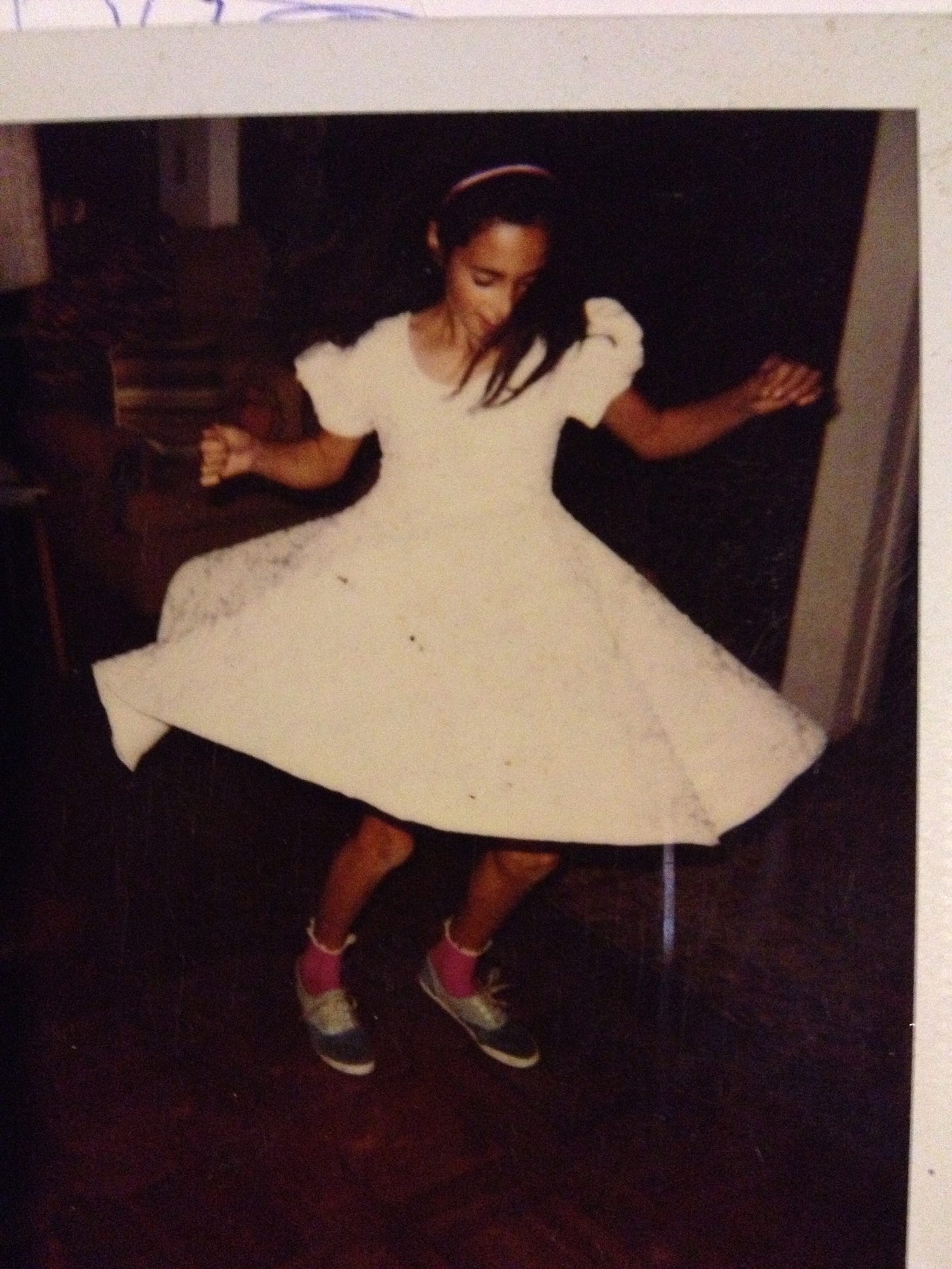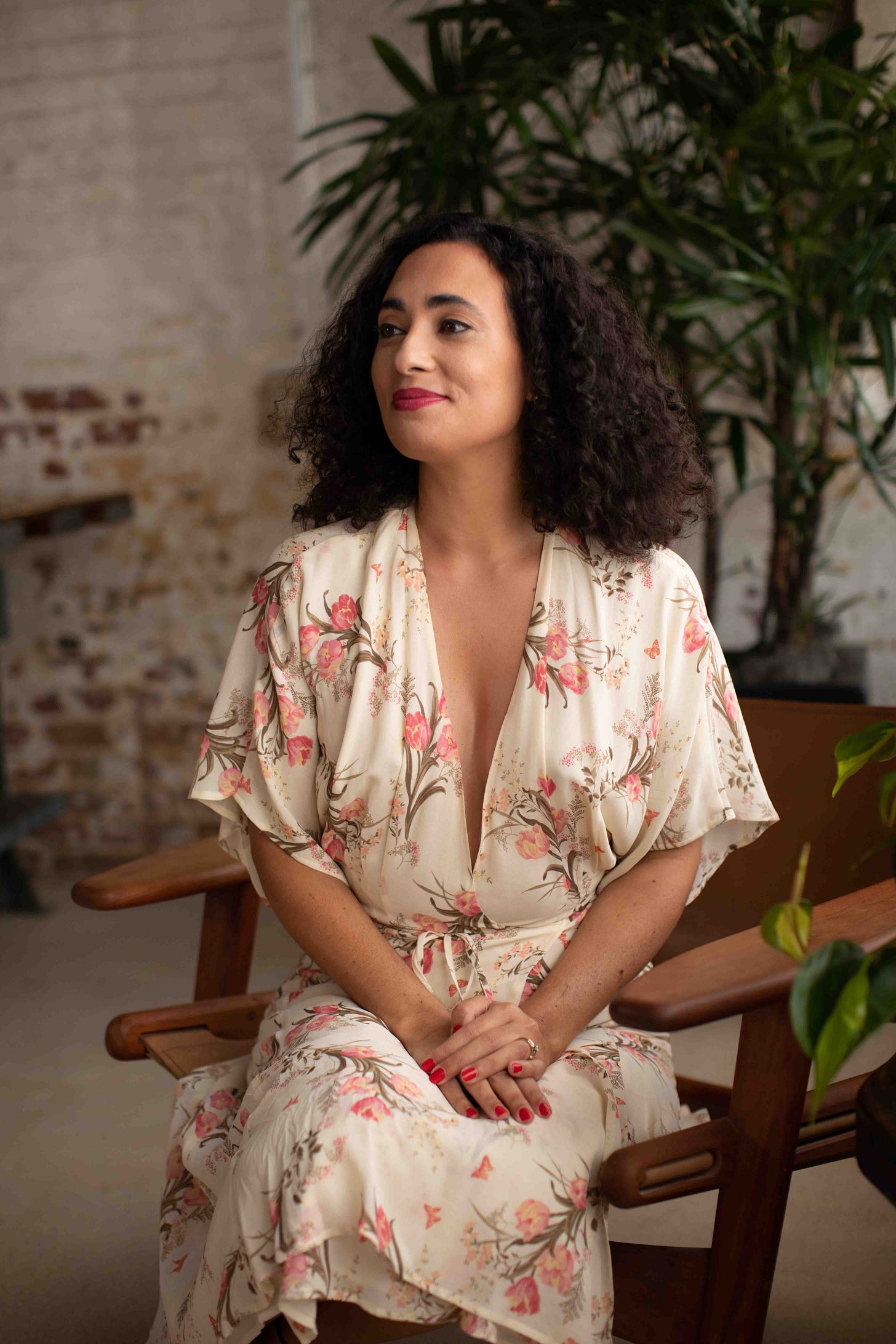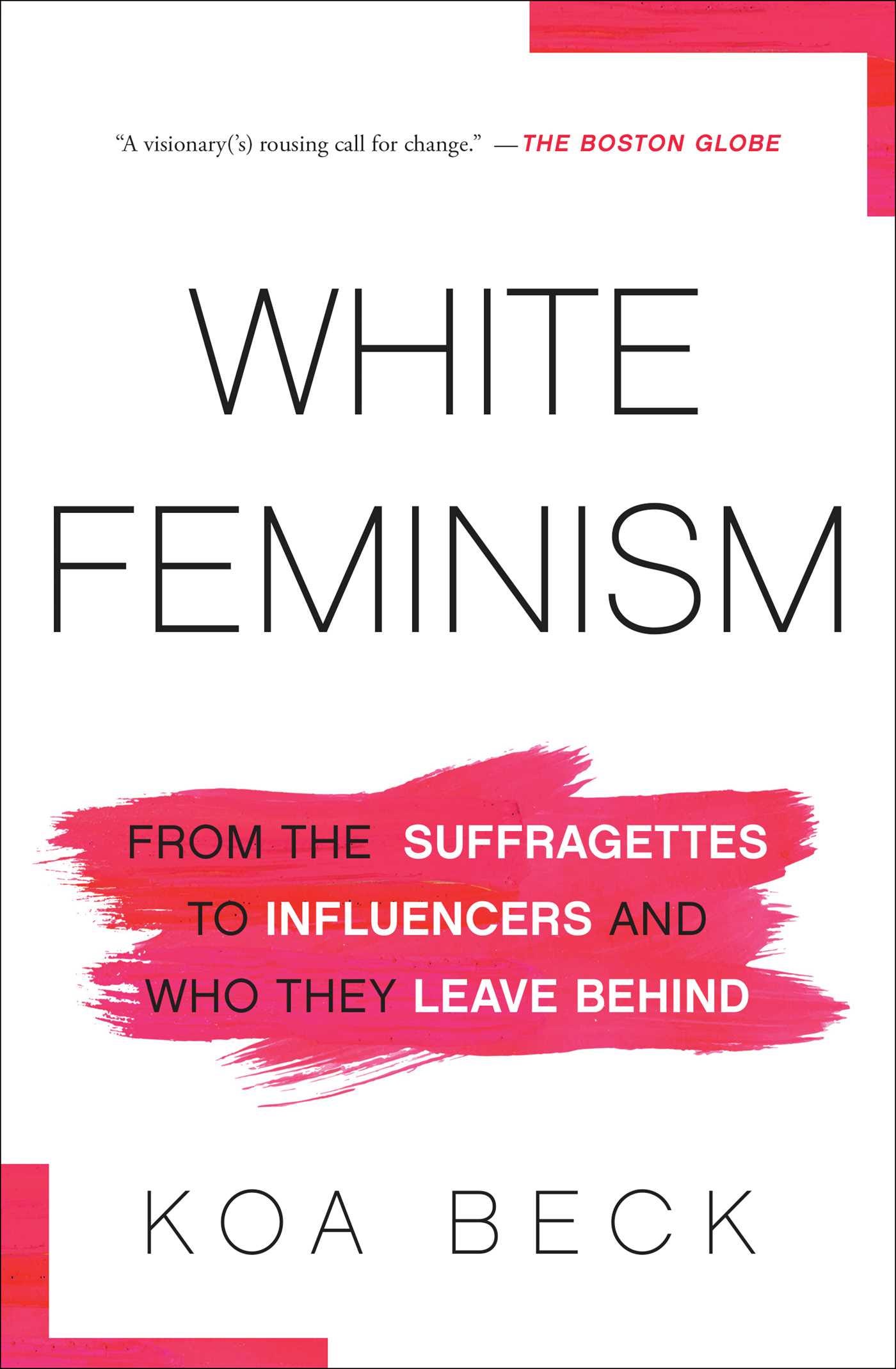What is Valley Girl?
Valley Girl is a weekly interrogation and cultural study of the “Valley Girl1” stereotype across American culture, history, and lived experience. Every Thursday, I publish an essay analyzing how this gender trope was created and exported. Valley Girl also underscores the women and nonbinary people who have actually inhabited the geographical space of the San Fernando Valley, beyond the cultural stereotype.
Through external archives, personal research, and the history of my own valley-based family, I’m hoping to offer you a deconstruction of the Valley Girl specifically from an intersectional feminist perspective.
Who Writes Valley Girl?
My name is Koa Beck and I’m a journalist and author. I’m also a valley girl2, meaning I was raised in the San Fernando Valley in Los Angeles, California. I’m third generation valley on my father’s side; my grandparents moved to the Valley in the 1950s and raised my father here, who, in turn, raised me here.

I’m the author of White Feminism: From the Suffragettes to Influencers and Who They Leave Behind, praised by feminist writers Gloria Steinem, Barbara Smith, and Rebecca Traister. I’ve spent most of my career working in women’s media: I was editor-in-chief of Jezebel, the executive editor of Vogue.com, and the senior features editor at MarieClaire.com.
My reporting and analysis on gender, identity, race, and culture have been published in the Massachusetts Review, TheAtlantic.com, Out magazine, TIME, TheGuardian.com, The Globe and Mail, Esquire.com, among others. I’ve spoken at Harvard Law School, Columbia Journalism School, The New York Times, and The Metropolitan Museum of Art, among other institutions.
In 2019, I was a guest editor for the special Pride section of The New York Times commemorating the 50th anniversary of the Stonewall riots, editing such prominent voices as Kate Bornstein, Gavin Grimm, Julia Serano, and Barbara Smith, among other activists.
That same year, I was was awarded the Joan Shorenstein Fellowship at the Harvard Kennedy School, publishing an academic paper entitled “Self-Optimization in the Face of Patriarchy: How Mainstream Women’s Media Facilitates White Feminism.”
In 2022, I was awarded the Alan Jutzi Fellowship at The Huntington to research the “Valley Girl” trope, using exclusive archives and resources about California and Los Angeles. Much of that material bolsters and informs what you’ll read here.
In 2023, my essay about being a foster parent, “Nanny of the State” was published in the 50th anniversary of the Massachusetts Review REVISITING WOMAN: AN ISSUE, celebrating the legacies of Angela Davis, Anaïs Nin, Audre Lorde, Lucille Clifton, and Tina Modotti. I’ve also been interviewed on the podcast Death, Sex & Money about the dynamics of being a foster parent in the United States.
I live in the valley with my wife and our daughter (who is fourth generation valley).
Uppercase “Valley Girl” to indicate the manufactured caricature.
Lowercase “valley girl” to indicate a female-identified or pangender individual who happens to be from or inhabit the San Fernando Valley.




